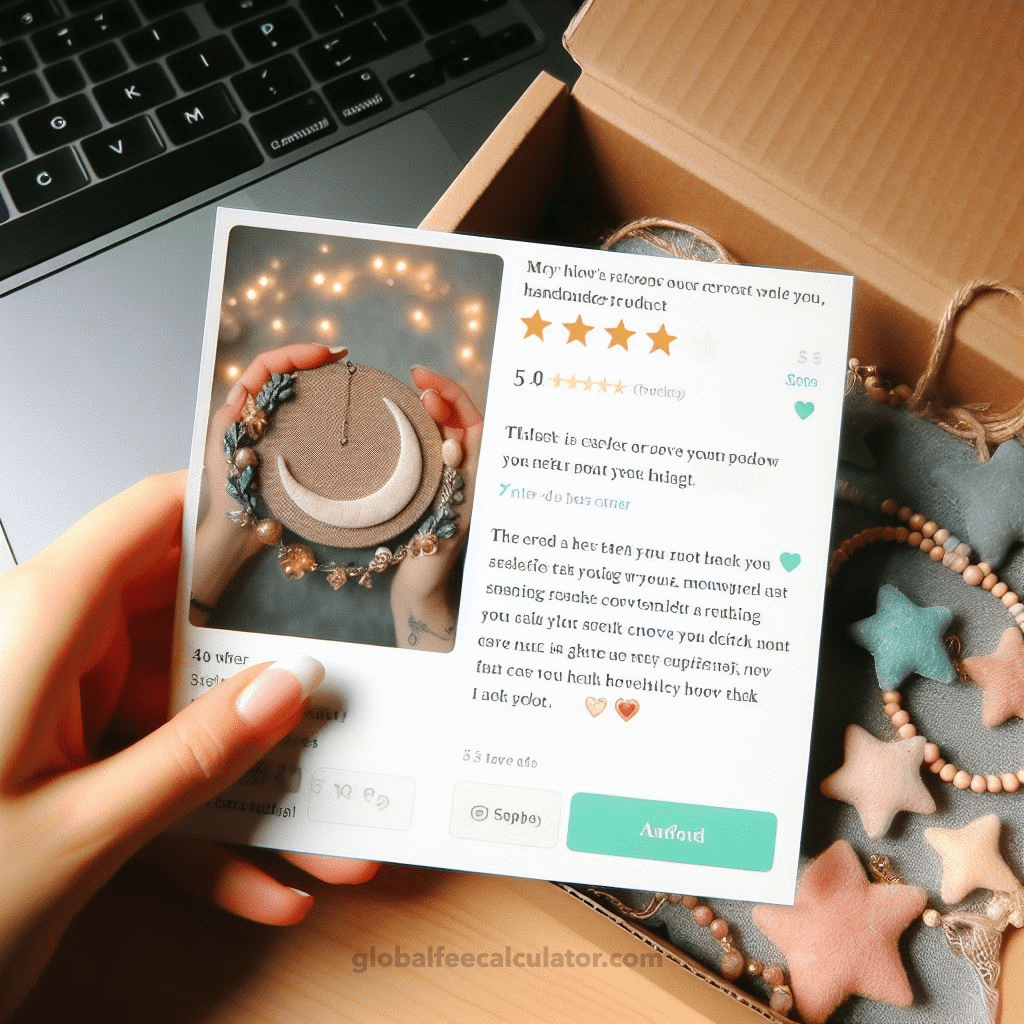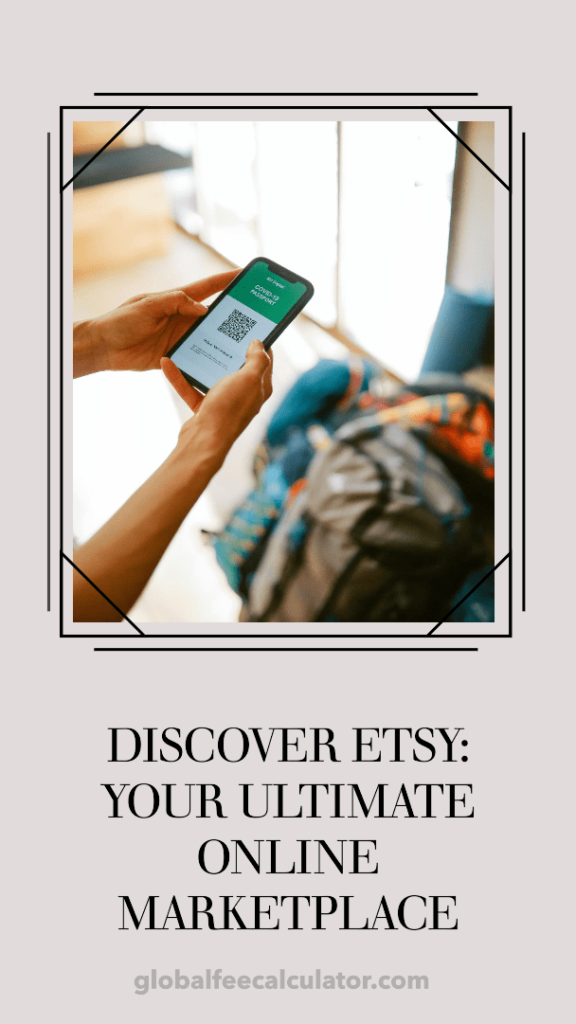Etsy has become a global hub for creators, artists, and small business owners to turn their passions into profits. With millions of buyers searching for unique handmade items, vintage treasures, and digital products, it’s an ideal platform to start your entrepreneurial journey. Whether you’re a seasoned crafter or a first-time seller, this step-by-step guide will walk you through everything you need to know about selling on Etsy, from setting up your shop to scaling your sales.
Table of Contents
ToggleStep 1: Create Your Etsy Seller Account
Starting your Etsy shop begins with a simple account setup.
Visit Etsy.com: Click “Sell on Etsy” in the top-right corner.
Sign Up: Use your email or social media accounts to create a seller profile.
Set Up Shop Preferences: Choose your language, currency, and country (these settings influence search visibility and payment options).
Pro Tip: Use a professional email address that matches your brand (e.g., yourbrandname@gmail.com) for credibility.
Step 2: Build Your Shop’s Brand Identity
Your shop’s branding is critical for standing out in a crowded marketplace.
Shop Name: Pick a unique, memorable name that reflects your niche (e.g., “StellarHandmadeJewelry”).
Logo & Banner: Design a cohesive logo and banner using tools like Canva. Ensure they align with your product aesthetic.
About Section: Share your story, mission, and process. Buyers love connecting with creators!
Step 3: List Your Products Strategically
Compelling product listings drive clicks and conversions.
High-Quality Photos: Use natural lighting and multiple angles. Show products in use (e.g., a digital planner on a tablet).
Optimized Titles: Include keywords buyers might search for (e.g., “Personalized Wedding Invitation Template – Editable Canva File”).
Detailed Descriptions: Highlight features, materials, dimensions, and customization options. Answer FAQs preemptively.
Tags & Categories: Use all 13 keyword tags (e.g., “digital wall art,” “printable planner”). Choose specific categories (e.g., “Home Décor > Wall Art > Digital Prints”).
Step 4: Price Your Products Competitively
Pricing affects both sales and profitability.
Calculate Costs: Include material, labor, Etsy fees (5% transaction fee + 3% payment processing fee), and shipping.
Research Competitors: Check similar listings to ensure your prices are market-aligned.
Offer Free Shipping: Etsy prioritizes listings with free shipping in search results. Bundle shipping costs into product prices if possible.
Pro Tip: Use Etsy’s “Sale” feature to run limited-time discounts and attract buyers.
Step 5: Set Up Payment and Shipping
Streamline transactions and delivery to avoid hiccups.
Payment Methods: Enable Etsy Payments (credit/debit cards, PayPal, etc.) for broader buyer access.
Shipping Profiles: Create preset options (e.g., free shipping, expedited delivery). For digital products, automate instant downloads.
Return Policies: Clearly state refund/exchange rules to build trust.
Step 6: Optimize for Etsy Search (Etsy SEO)
Rank higher in Etsy’s search results with SEO best practices:
Keyword-Rich Titles: Front-load important terms (e.g., “Custom Pet Portrait – Handmade Acrylic Painting”).
Use Long-Tail Keywords: Target niche phrases like “minimalist wedding invitation template editable.”
Update Listings Regularly: Refresh photos, descriptions, or keywords every few months to stay relevant.
Tools: Use Etsy’s Search Analytics or third-party tools like Marmalead to find high-traffic keywords.
Check: Etsy SEO 101
Step 7: Promote Your Etsy Shop
Passive sales are rare—actively market your shop to grow.
Social Media: Share listings on Instagram, Pinterest, and TikTok. Use hashtags like #EtsyFinds or #HandmadeWithLove.
Etsy Ads: Allocate a daily budget to boost visibility for top-performing listings.
Email Marketing: Collect buyer emails (post-purchase) and send newsletters for new launches or discounts.
Step 8: Deliver Stellar Customer Service
Positive reviews are the lifeblood of your shop’s reputation.
Respond Quickly: Aim to reply to messages within 24 hours.
Ship Orders Promptly: Update tracking info and notify buyers of delays.
Encourage Reviews: Send a polite follow-up message post-delivery asking for feedback.
Pro Tip: Resolve issues gracefully—offer refunds or replacements to avoid negative reviews.
Step 9: Analyze Performance and Scale
Track metrics to refine your strategy.
Etsy Shop Stats: Monitor visits, favorites, and conversion rates.
Best-Sellers: Double down on popular items with variations (e.g., new colors or bundle deals).
Expand Your Catalog: Introduce complementary products (e.g., matching digital wall art sets).
Final Tips on How to Sell on Etsy
Stay Consistent: List new products regularly to keep your shop active.
Seasonal Campaigns: Capitalize on holidays like Christmas or Valentine’s Day with themed collections.
Join Etsy Communities: Learn from forums or Teams to stay updated on trends and policies.
Conclusion : How to Sell on Etsy
Selling on Etsy isn’t just about listing products—it’s about building a brand, connecting with customers, and optimizing every detail for growth. By following this guide, you’ll launch your shop and create a sustainable business that thrives in Etsy’s creative ecosystem. Ready to turn your craft into a career? Start your Etsy journey today!
FAQs : Sell on Etsy
1. Is it free to open a shop on Etsy?
Yes, creating an Etsy shop is free, but you’ll pay fees for listing products and making sales.
2. What do I need to start selling on Etsy?
You’ll need a product to sell, clear photos, a shop name, product descriptions, pricing, and a payment method set up.
3. How much does Etsy charge per sale?
Etsy charges $0.20 per listing and takes a 6.5% transaction fee on each sale, plus payment processing fees.
4. Can I sell handmade and vintage items together?
Yes, as long as they meet Etsy’s guidelines—handmade items must be made or designed by you, and vintage items must be at least 20 years old.
5. Do I need a business license to sell on Etsy?
It depends on your local laws. Etsy doesn’t require a license, but you may need one depending on your location and business type.
6. How do I get paid on Etsy?
Etsy uses Etsy Payments, which deposits your earnings directly into your bank account based on your chosen schedule.
7. Can I sell digital products on Etsy?
Yes! Etsy allows you to sell downloadable items like printables, templates, and art.
8. How do I get my first sale on Etsy?
Optimize your listings with good photos and keywords, promote your shop on social media, and consider offering competitive prices.
9. Is Etsy good for beginners?
Yes, Etsy is a beginner-friendly platform with tools and support to help new sellers get started and grow.
10. How do I increase visibility for my Etsy shop?
Use strong SEO keywords, update your listings regularly, encourage reviews, and use Etsy Ads if you have the budget.
Check: Etsy SEO 101


